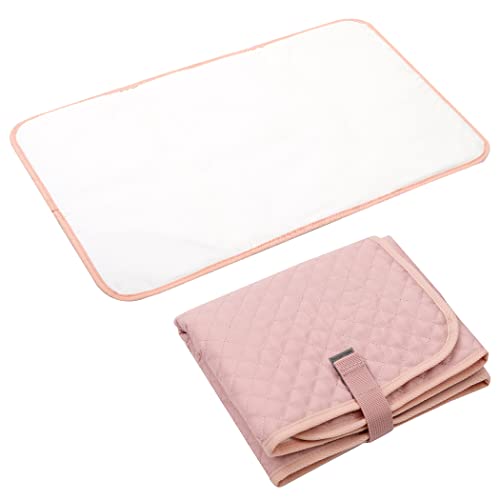How many hours between nappy changes

Introduction
Babies require frequent nappy changes to ensure their comfort and hygiene. However, determining the ideal time between nappy changes can be somewhat challenging for new parents. This article aims to shed light on the recommended number of hours that should pass between each nappy change.
The general rule
While there is no one-size-fits-all answer to this question, a general rule of thumb is to change a baby’s nappy every two to three hours. This timeframe can vary based on various factors, including the baby’s age, feeding routine, and the type of nappy used.
Age considerations
Newborn babies tend to have more frequent nappy changes since their digestive system is still developing, resulting in more frequent bowel movements. As they grow older and their digestive system matures, nappy changes become less frequent.
Typically, newborn babies may need a nappy change every two hours. As they enter the 3-6 month stage, nappy changes can be extended to every three hours. However, it is important to note that every baby is unique, and these guidelines may not be accurate for all infants.
Feeding routine
A baby’s feeding routine can also influence the frequency of nappy changes. Breastfed babies may require more frequent nappy changes, as breast milk is easily digestible and can lead to more frequent bowel movements. Formula-fed babies, on the other hand, may have a slightly longer gap between nappy changes.
Type of nappies
The type of nappy being used can also play a role in determining the time between changes. Disposable nappies often have better absorption capabilities and may allow for longer intervals between changes compared to cloth nappies.
Signs that a nappy change is needed
While following general guidelines is helpful, it is equally important to recognize the signs that indicate a nappy change is necessary, regardless of the timeframe.
- Wetness: Feeling the nappy to check for wetness or using nappies with wetness indicators can help determine when a change is needed.
- Leaks: If the nappy starts leaking, it is a clear sign that it should be changed immediately.
- Discomfort: Irritability or agitation can indicate discomfort caused by a soiled nappy, necessitating a change.
- Redness or rashes: If the baby develops redness or rashes in the nappy area, changing the nappy promptly is crucial to maintaining good skin health.
A final note
Understanding how frequently nappies should be changed is vital for your baby’s comfort and skin health. While general guidelines are valuable, it is crucial to consider your baby’s specific needs and cues, adapting the changing routine accordingly.
Remember, each baby is unique, so it’s essential to find a schedule that works best for your little one to ensure their utmost well-being and happiness.
Between Nappy Changes: How Many Hours is Ideal?
When it comes to changing your baby’s nappy, establishing a routine and knowing how often to change can be beneficial for both you and your little one. While every baby is unique, there are general guidelines that can help you determine the ideal timeframe between nappy changes.
Newborn Stage
During the newborn stage, it’s recommended to change your baby’s nappy every two to three hours. Newborns tend to have frequent bowel movements and urination, so it’s essential to keep their nappy clean and dry to prevent irritation and diaper rash.
However, keep in mind that some babies may require more frequent nappy changes, especially if they have sensitive skin, loose stools, or tend to fuss when their nappy is wet. Pay attention to your baby’s cues and adjust the frequency as needed.
3 Months and Older
As your baby grows and transitions from a newborn to an infant, the frequency of nappy changes may decrease slightly. On average, you should aim to change your baby’s nappy every three to four hours.
By this stage, their bladder capacity may have increased, allowing them to hold more urine between nappy changes. However, it’s still vital to check and change your baby’s nappy promptly, especially after bowel movements, to maintain hygiene and prevent discomfort.
It’s important to note that these timeframes are rough guidelines and not set rules. Factors such as your baby’s age, activity level, and the amount of fluids they consume can influence their nappy change frequency. Always trust your instincts and prioritize your baby’s comfort and well-being.
Remember, regular nappy changes are crucial to prevent nappy rash and ensure your baby stays clean and comfortable. If you notice any signs of irritation or persistent nappy rash, consult your healthcare professional for advice.
In conclusion, aim to change your baby’s nappy every two to three hours during the newborn stage, and every three to four hours from three months onwards. Adjust the frequency based on your baby’s needs, and don’t hesitate to seek guidance if any concerns arise. Keeping your baby’s nappy clean is an essential aspect of their overall care and well-being.









